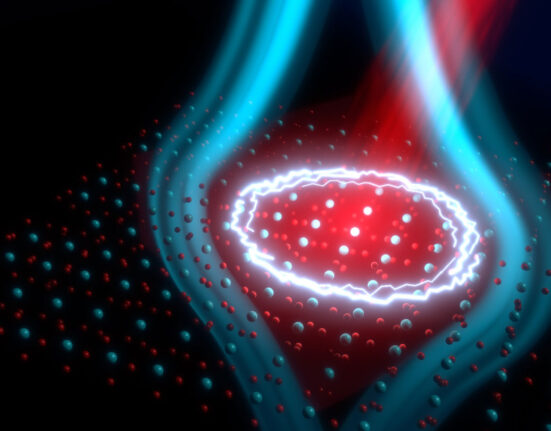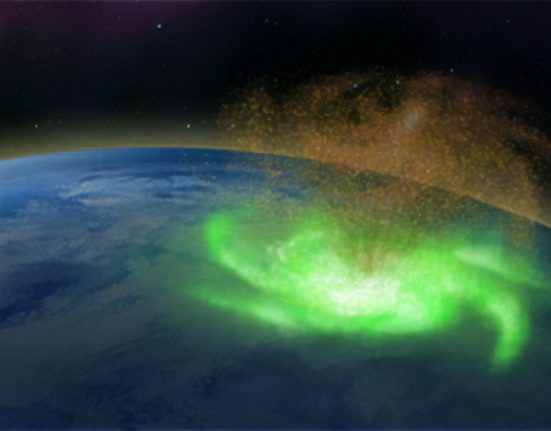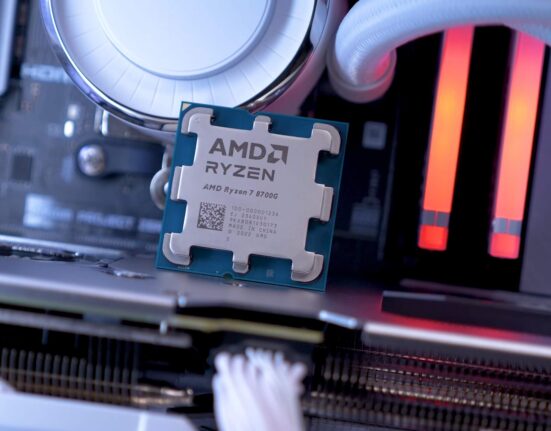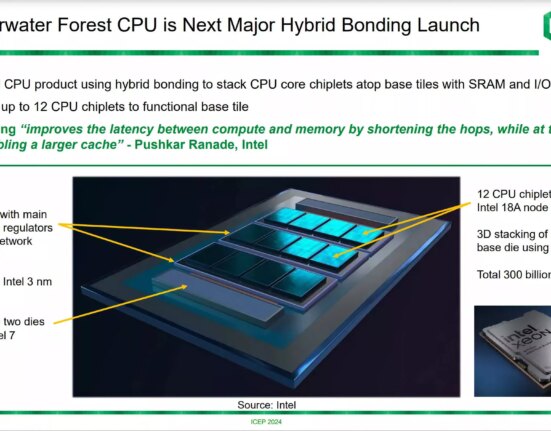Extreme Climate Survey
Science News is collecting reader questions about how to navigate our planet’s changing climate.
What do you want to know about extreme heat and how it can lead to extreme weather events?
This elastic-to-plastic transition can also occur in experiments that use lasers to kick off nuclear fusion. In such experiments, lasers blast a metal capsule containing the fuel, raising pressures and temperatures so high that atomic nuclei in the fuel fuse together, releasing energy (SN: 2/16/24). Scientists hope to eventually use nuclear fusion as a source of power.
But it’s difficult to study how materials behave under the extreme conditions required for fusion. So in their latest experiment, the scientists looked at how mayo mixed with a gas — air — as they rotated a wheel that they’d dolloped the mayonnaise into. The centrifugal force of the spinning wheel accelerated the mayo into the gas.
After the wheel stopped spinning, the scientists observed whether the glob returned to its original shape, changed shape or broke apart. This determined the border between the elastic and plastic behavior, they reported in the May Physical Review E.
The mayo and air are akin to the molten metal of a fusion fuel capsule and the gas it contains. The molten capsule has some properties of a solid — like gloopy mayo, it doesn’t flow on its own — but it can break apart under enough force. If the metal becomes plastic before fusion occurs, the gas could escape, spoiling the fusion attempt.
Working with mayo does have one drawback. When you show up in the supermarket checkout line with 48 containers of mayo, you’re bound to attract attention. “We sometimes get a lot of questions from the grocery stores,” Banerjee says, “why we are buying that much mayonnaise.”
Source link













